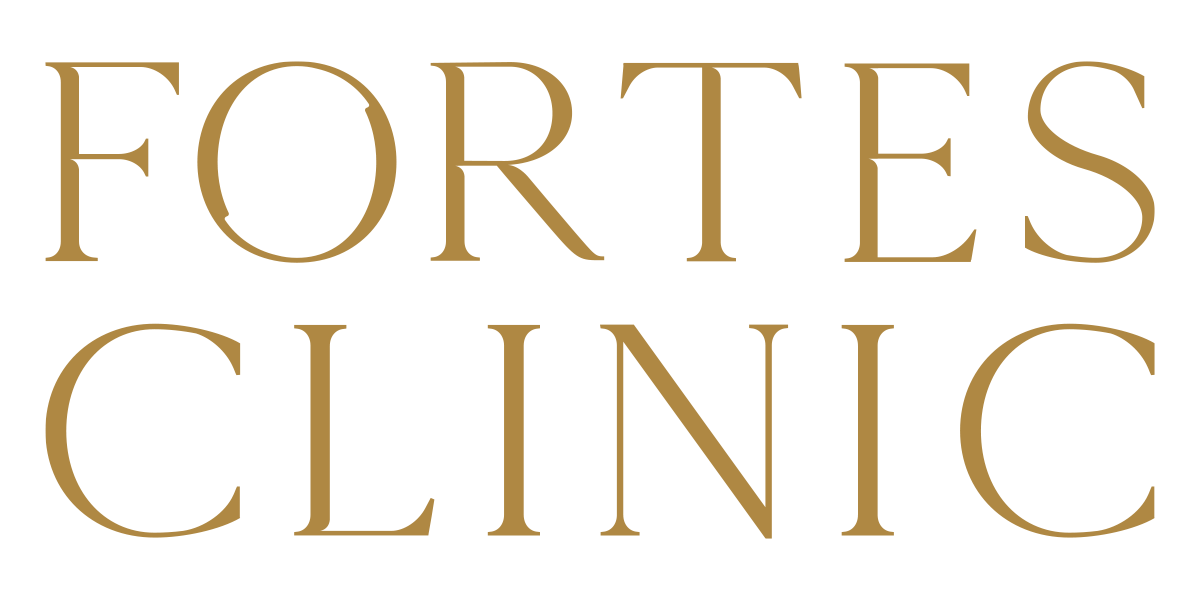Introduction
After undergoing a hair transplant, many patients eagerly anticipate returning to their normal routines, including hitting the gym. However, proper aftercare is crucial to ensure the best results and avoid complications. One of the most common questions asked by patients is, “When can I go to the gym after a hair transplant?” This article aims to provide comprehensive guidelines on when and how to safely resume exercise after your procedure.
Understanding Hair Transplant Surgery
Explanation of Hair Transplant Procedures
Hair transplant surgery involves moving hair follicles from one part of the body, usually the back or sides of the scalp, to the thinning or balding areas. There are two primary methods:
- Follicular Unit Transplantation (FUT): FUT hair transplant involves removing a strip of scalp from the donor area, dissecting it into individual follicular units, and then implanting these units into the recipient area. This method leaves a linear scar but allows for the transplantation of a large number of grafts in one session.
- Follicular Unit Extraction (FUE): FUE hair transplant involves individually extracting follicular units directly from the donor area and implanting them into the recipient area. This method leaves tiny, dot-like scars that are less noticeable and typically allows for a quicker recovery compared to FUT.
Importance of Post-Operative Care
Regardless of the method used, post-operative care is vital to ensure the success of the transplant. The scalp needs time to heal, and the new follicles must be protected to encourage healthy growth.
Immediate Post-Transplant Period
The First 24-48 Hours
During the first 24-48 hours post-transplant, patients can expect some swelling, redness, and mild discomfort. It’s crucial to follow the surgeon’s instructions meticulously during this period.
Expected Symptoms and Care
- Swelling and redness around the transplant site.
- Minor bleeding or scabbing.
- Mild discomfort or pain.
Why Avoiding Strenuous Activity is Crucial
Engaging in strenuous activities, including exercise, can increase blood flow to the scalp, which may lead to swelling, bleeding, and dislodging of grafts. It’s essential to rest and avoid any activities that may strain the scalp.
The First Week Post-Transplant
Healing Process and Signs to Watch For
The first week is critical for healing. The transplanted follicles begin to settle, and the scalp starts to recover. Common signs include scabbing and mild itching.
Recommended Activities and What to Avoid
- Recommended: Light activities like gentle walking.
- Avoid: Any form of exercise that causes sweating, heavy lifting, and activities that may cause direct impact to the scalp.
Returning to the Gym: Timeline and Guidelines
General Timeline for Resuming Exercise
- The First Two Weeks: During the first two weeks, it’s best to avoid any form of exercise. Focus on recovery and follow your surgeon’s care instructions diligently.
- Two to Four Weeks Post-Transplant: After two weeks, you can begin to reintroduce light, low-impact exercises. Avoid any activity that might strain the scalp or cause excessive sweating.
- Four to Six Weeks Post-Transplant: By the four to six-week mark, most patients can gradually resume more moderate exercises. However, it’s still important to avoid high-impact activities and be mindful of your scalp’s condition.
Factors Affecting Recovery Time
Individual Healing Rates
Every individual heals at a different rate. Pay attention to your body and scalp, and don’t rush the process.
Type of Hair Transplant Procedure
FUT generally requires a longer recovery time due to the linear scar, whereas FUE might allow for a quicker return to activities.
Personal Health and Fitness Level
Your overall health and fitness level can impact recovery. Those in good health may heal faster, but it’s still essential to follow post-op guidelines.
Types of Exercises and When to Resume Them
Low-Impact Exercises
- Walking: Walking is generally safe to resume within the first two weeks. It’s a great way to stay active without straining the scalp.
- Light Stretching and Yoga: Light stretching and yoga can typically be reintroduced after two weeks, provided they don’t cause excessive sweating or pressure on the scalp.
Moderate-Impact Exercises
- Jogging: Jogging can usually be resumed around the four-week mark, depending on individual healing.
- Weightlifting: Light weightlifting can also be considered after four weeks, but avoid exercises that put pressure on the head or require heavy lifting.
High-Impact Exercises
- Running: Running and other high-impact cardio exercises should be avoided until at least six weeks post-transplant.
- High-Intensity Interval Training (HIIT): HIIT workouts are very strenuous and should not be resumed until you have fully healed, typically around six to eight weeks.
Specific Concerns for Gym-Goers
Sweating and Its Effects on Healing
Excessive sweating can irritate the scalp and interfere with the healing process. It’s important to keep the scalp as dry as possible during the initial recovery period.
Avoiding Contact Sports and Activities
Contact sports and activities that risk head injury or impact should be avoided for at least six weeks post-transplant. These can dislodge grafts and cause complications.
Using Gym Equipment Safely Post-Transplant
Hygiene and Infection Prevention
Ensure all gym equipment is clean before use to prevent infections. It’s advisable to wipe down equipment before and after use.
Be cautious with equipment that could come into contact with your scalp. Avoid wearing helmets or headgear that might rub against the transplanted area.
Tips for a Safe Return to the Gym
- Start with low-impact activities and gradually increase the intensity of your workouts. Listen to your body and avoid pushing too hard too soon.
- Keep an eye on your scalp for any signs of irritation, redness, or infection. If you notice anything unusual, contact your surgeon immediately.
- Before returning to the gym, have a follow-up consultation with your surgeon. They can assess your recovery and provide personalized advice.
- Proper hydration and a balanced diet can aid in the healing process. Ensure you’re consuming enough water and nutrients to support your body’s recovery.
FAQs On Returning To The Gym After A Hair Transplant
Common Questions About Exercising Post-Hair Transplant
Can I Swim After a Hair Transplant?
Swimming should be avoided for at least four weeks post-transplant. Chlorinated water and saltwater can irritate the scalp and affect healing.
When Can I Resume Lifting Heavy Weights?
Heavy lifting should be avoided for at least four to six weeks. Start with lighter weights and gradually increase as your scalp heals.
Is it Safe to Use a Sauna or Steam Room?
Saunas and steam rooms should be avoided for at least four weeks. The heat and moisture can affect the healing process and potentially cause complications.
How Do I Protect My Transplanted Hair While Working Out?
Wearing a clean, loose-fitting hat or headband can help protect the transplanted area while working out. Avoid tight or restrictive headgear.
Keen to learn more about hair transplant treatment? Contact our team today or book a consultation.



